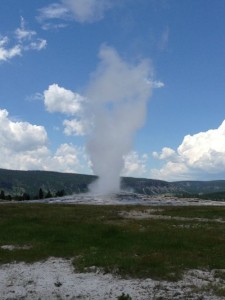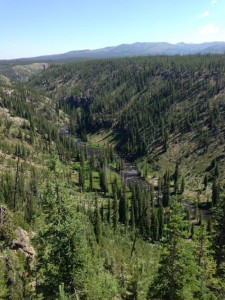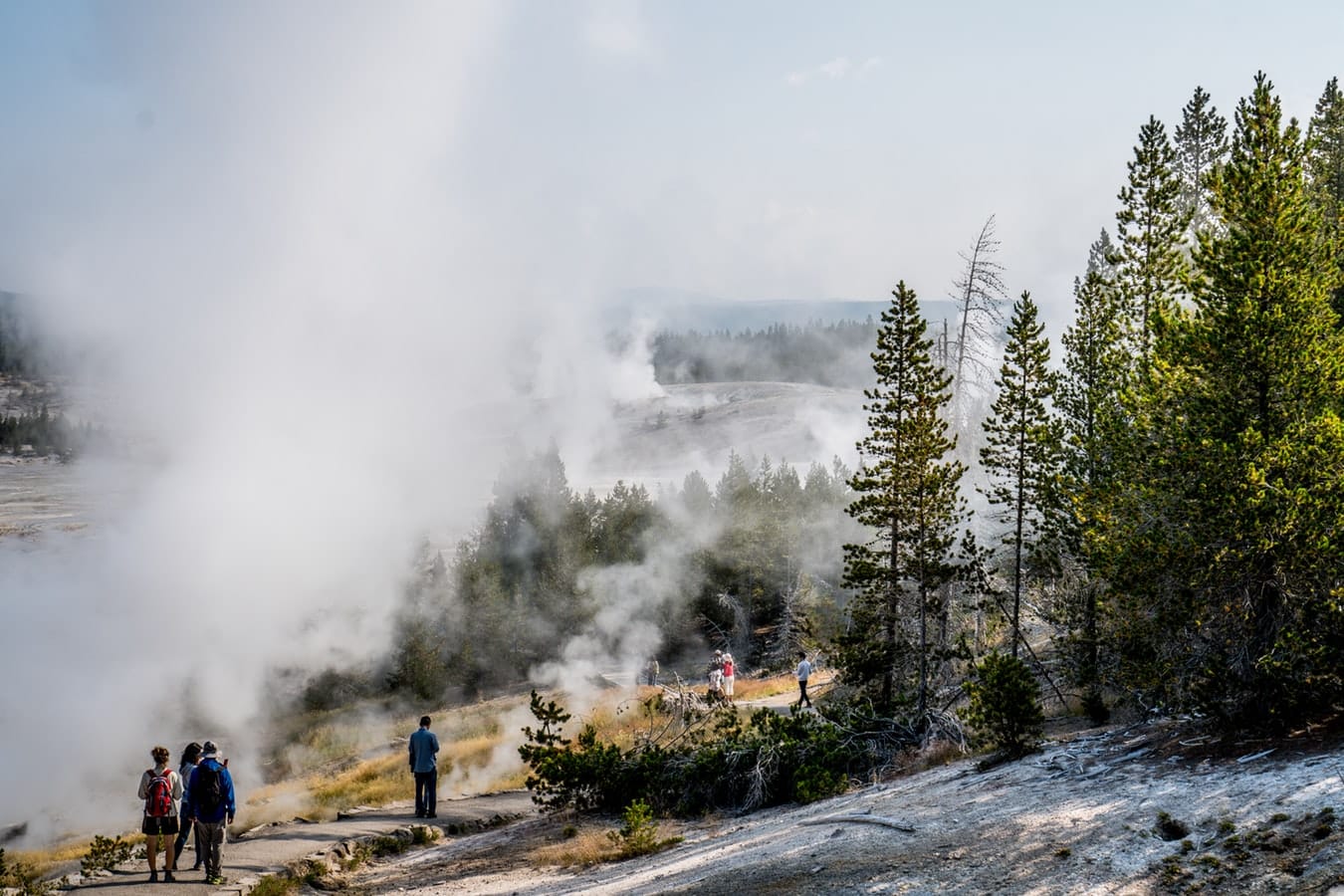Visiting the National Parks and the Rocky Mountains had been on my bucket list for many years. This summer I was able to fulfill that dream.
Our national parks and monuments provide you with the opportunity to explore nature at its best. From the diversity of beautiful wildlife to the endless possibilities in their miles of trails, Yellowstone National Park and Grand Teton National Park have so much to offer in new experiences, sights, and sounds.
Since its designation as a national park in 1872, Yellowstone National Park has been a cherished part of the Wyoming’s rich tapestry. It’s easy to see why. The very definition of “unspoiled,” Yellowstone has served for generations as a sort of living museum, its natural splendors giving visitors an up-close-and-personal glimpse of what the continent was like in the days before recorded history. With 2,219,789 acres of sprawling wilderness to explore, Yellowstone stands as one of North America’s greatest assets — and it’s open year-round for visitors to enjoy.

The park’s vast network of trails will take hikers to hundreds of secluded places where vehicles are prohibited. You’re bound to see wildlife wherever you go. Yellowstone’s legendary wildlife includes grizzly and black bears, gray wolves, buffalo, elk, pronghorn antelope, trumpeter swans, eagles and much more.

Grand Teton National Park offers hiking, camping, climbing, boating, kayaking and numerous photography opportunities. A road winds through the park, but the best way to experience the park is to take one of its shorter trails.
Located at the heart of the Greater Yellowstone Ecosystem, the Rockefeller Parkway connects Grand Teton and Yellowstone National Parks. The late conservationist and philanthropist John D. Rockefeller, Jr. made significant contributions to several national parks including Grand Teton.
The parkway provides a natural link between the two national parks and contains features characteristic of both areas. In the parkway, the Teton Range tapers to a gentle slope at its northern edge, while rocks born of volcanic flows from Yellowstone line the Snake River and form outcroppings scattered atop hills and ridges.
Located in northwestern Wyoming, Grand Teton National Park protects stunning mountain scenery and a diverse array of wildlife. Rising more than 7,000 feet above the valley of Jackson Hole, the Teton Range dominates the park’s skyline. Natural processes continue to shape the ecosystem against this impressive and iconic backdrop.












